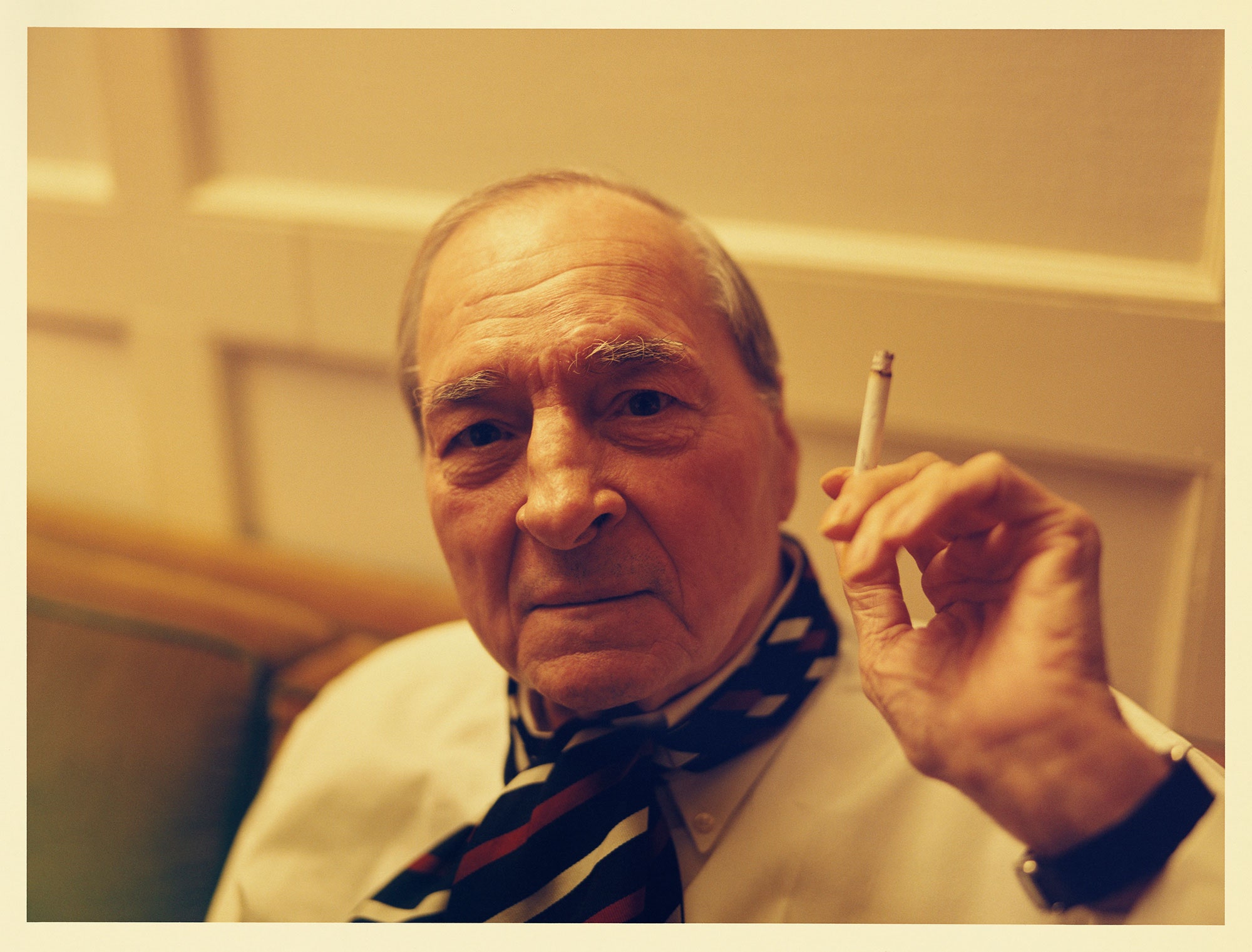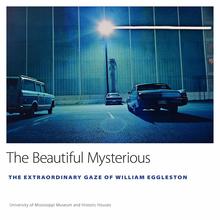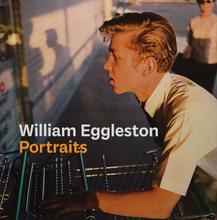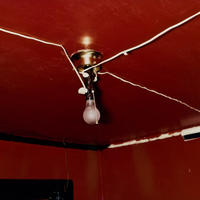More about William Eggleston
- All
- Info
- Shop
Works by William Eggleston

Sr. Contributor
To truly understand the life and art of William Eggleston, you need to slow down.
In many ways, Eggleston takes the same artistic approach as the Impressionists, who captured images of life as they encountered it. But you won’t find any of the grand boulevards of Paris in Eggleston’s photographs. Instead, you’ll find common scenes from life in the American South: the contents of someone’s freezer, a discarded aluminum tin with a plastic spoon, and hotel room interiors, to name a few of his best-known photographs. It sounds too straightforward, but his work is only deceptively plain. Eggleston requires you to slow down, just like the slow, Southern drawl of his own speech. Patience is key, and observation is everything. You must leave room for the images and their explosive colors to reveal themselves to you.
Born in 1939 in Memphis, Tennessee, Eggleston took on the task of documenting Southern life and culture as he experienced it. His images echo the feelings of someone who was steeped in the culture even more than the best glass of sweet tea. Although he began photographing in the late 1950s, his first forays into black-and-white photography seemed boring. So, Eggleston decided to explore the unorthodox landscape of color photography and declared to have taken his first successful color photograph in the mid-1960s. The dye transfer process that Eggleston used to print the vibrant colors of his photographs was the most expensive process that was available for printing at the time. This didn’t matter to Eggleston, though.
Coming into his own as a photographer in the 1950s, Eggleston drew inspiration from artists like Walker Evans, who documented the sometimes harsh realities of contemporary, American life and worked solely in black-and-white. Ever the rebel, Eggleston ran in the opposite direction. Unlike his predecessors who used photography to tell a story or embody a certain perspective, Eggleston’s images assume a neutral stance. However, contemporary critics did not receive his work in the same, neutral way. His first solo exhibition in 1976 at the Museum of Modern Art received scathing reviews. The show was meant to be an exciting introduction to the possibilities of color photography. In fact, it was one of the first times that the museum ever exhibited color photography. Critics were incensed that color photography hung on the walls of such a hallowed institution, but it was a fitting introduction for Eggleston. Part loner, part life of the party, Eggleston couldn’t have cared less about his initial reception. He continued to exhibit his work in full color - a fitting way to show off his eccentric and colorful life.
Sources
- Burroughs, Augusten. “William Eggleston, the Pioneer of Color Photography.” The New York Times Style Magazine. The New York Times. 17 October 2016. https://www.nytimes.com/2016/10/17/t-magazine/william-eggleston-photogr…. Accessed 9 May 2022.
- Churchman, Fi. “Looking at Pictures with William Eggleston.” ArtReview. Features. 13 May 2019. https://artreview.com/ar-may-2019-feature-william-eggleston/. Accessed 11 May 2022.
- Cotter, Holland. “Old South Meets New, in Living Color.” The New York Times. Art & Design. 6 November 2008. https://www.nytimes.com/2008/11/07/arts/design/07eggl.html. Accessed 9 May 2022.
- David Zwirner. “William Eggleston: Biography.” Artists. https://www.davidzwirner.com/artists/william-eggleston/biography. Accessed 11 May 2022.
- Eggleston Art Foundation. 2019. http://egglestonartfoundation.org/. Accessed 9 May 2022.
- J. Paul Getty Trust. “William Eggleston.” Getty Museum Collection. https://www.getty.edu/art/collection/person/103KDK. Accessed 11 May 2022.
- The Art Story. “William Eggleston.” Artists. https://www.theartstory.org/artist/eggleston-william/. Accessed 9 May 2022.
Featured Content
Here is what Wikipedia says about William Eggleston
William Eggleston, (born July 27, 1939) is an American photographer. He is widely credited with increasing recognition of color photography as a legitimate artistic medium. Eggleston's books include William Eggleston's Guide (1976) and The Democratic Forest (1989).
Eggleston received a Guggenheim Fellowship in 1974, the Hasselblad Award in 1998, and Honorary Fellowship of the Royal Photographic Society in 2003.
Check out the full Wikipedia article about William Eggleston














